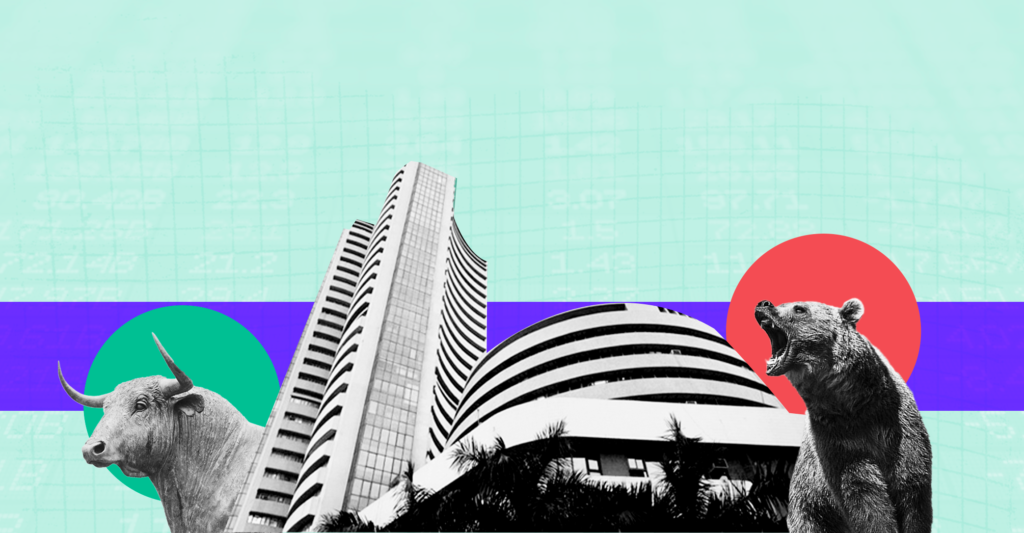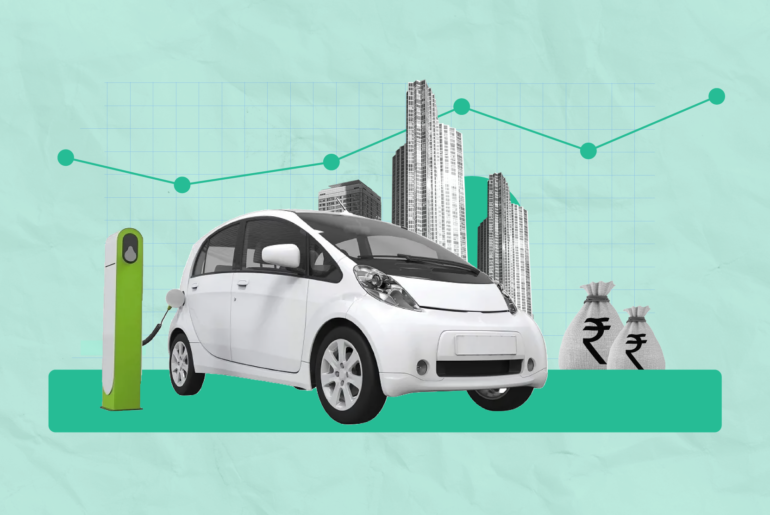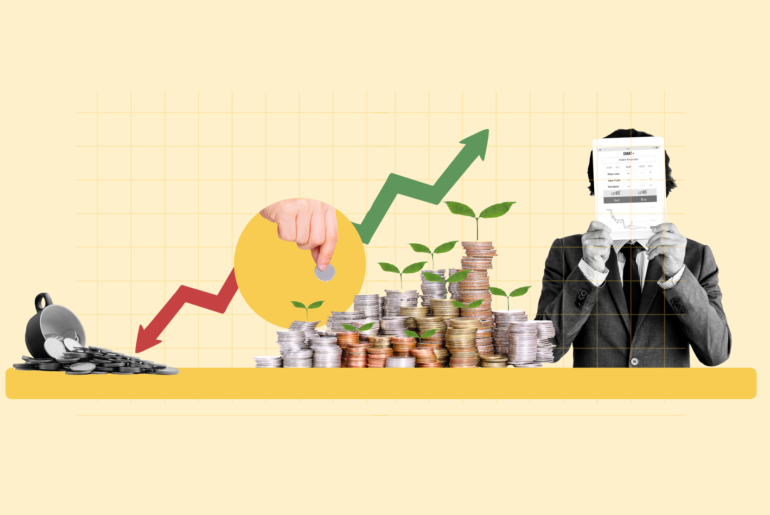Last Updated on May 24, 2022 by Anjali Chourasiya
Ever wondered what is a stock market crash? The mention of a stock market crash is enough to make investors panicky, especially amateurs or those relying on returns for retirement. Unfortunately, stock market crashes typically happen without warning. Generally, they indicate a major economic crisis, national or international events, or the bursting of a prolonged speculative bubble. The aftermath of such crashes is hysterical investors quickly selling stocks to liquidate their positions or prevent a margin call.
Understanding stock market crashes is essential if you’re an investor, especially a newcomer. So, here’s a guide on everything you need to know about a stock market crash.
Table of Contents
What is a stock market crash?
A stock market crash is an abrupt and unexpected fall in stock prices. There is no actual numerical threshold that defines a crash. However, it typically indicates a stock market index witnessing more than a 10% drop in value over a short time.
It is imperative to highlight here that we refer to market indices dropping, not a few stocks. A 10% drop in a few companies’ stock prices may not necessarily be indicative of a market crash even though it impacts portfolios negatively. When a large number of stocks are impacted that pulls down the entire market, that is cause for concern.
A stock market crash often has a detrimental effect on the economy. It signals major economic downturns or triggers an extended bear market. Making things worse, panic-stricken investors rush to sell their stocks, further lowering prices.
A very recent example would be the stock market crash in March 2020. The pandemic triggered a chain panic reaction, causing a typical market crash. Sensex declined over 12%, crashing 3,934 points, bleeding investors on their capital and positions.
Causes of a stock market crash
A stock market crash can be the result of any one or more of the following factors:
Panic and herd behaviour
Panic among investors is one of the most prevalent contributors to a stock market crash. Stockholders who anticipate the value of their investments to plummet rapidly sell their shares. As prices slide, the fear spreads, and more sales follow due to herd behaviour. Excess selling pressure can trigger a negative sentiment in the market and lead to a market collapse.
Speculative bubble
A speculative bubble is a sharp rise in asset values triggered by irrational market sentiments rather than fundamentals. Such bubbles form when people and companies invest excessively and without the right motive in a sector, hoping for an asset or security’s future growth. As more investors join the bandwagon, prices inflate unreasonably, steering trading volumes higher. But it takes a minor trigger to prick the bubble, and asset prices fall as rapidly as they had risen. The world has witnessed the Dot-com bubble, housing bubble, and even real estate bubble.
Bull and bear markets
A bull market prevails when demand outruns supply and stock prices surge. A strong economy, rising GDP, low unemployment, and low-interest rates trigger a bull market, driving investors to buy more. On the contrary, a bear market can be the consequence of negative market sentiment and a non-performing economy. When bull markets are excessively pumped, it could lead to the formation of a bubble, just like the housing bubble that crashed the world economy and the markets in 2008.
Excessive leverage
Investors often employ leverage or borrowed capital to generate higher returns on their assets. While it is a great investment strategy, leverage does not always warrant success. With excessive leverage, a company or investor has more debt than equity. As a result, even a minute fall in the asset can bring the company or investor to bankruptcy.
Unprecedented natural/anthropogenic disasters
Be it floods and droughts or wars and pandemics, catastrophes can bring down the stock market. COVID-19 pandemic can be the most relatable example here.
Inflation rates
Higher interest rates increase borrowing costs and slow down the purchasing power of people. Moreover, it leads to a highly volatile market environment with speculations around the future prices of goods and services. Anticipating a slide in the profitability of companies with increasing costs, investors may sell their stocks, leading to a drop in their market price.
Effects of a stock market crash
An abrupt and steep fall in the price of stocks makes headlines. But how does it affect the economy and ordinary people?
Here are some after-effects of a stock market collapse:
- A long-term bear market
- Recession
- Loss of investor confidence
- A fall in consumer spending
- Declining consumer confidence
- Insolvency of corporations
- Reduction in the value of pension funds and lowering pension payouts
Biggest crashes in the stock market history
A stock market crash is an unpleasant surprise. It arrives without warning and often leaves a lasting impact. Following are some of the biggest crashes in the stock market history that gave a dreadful blow to the economies around the globe.
- 1929 stock market crash: A forerunner of the Great Depression, the 1929 crash was a climax to the booming market of the roaring twenties.
- 1987 black Monday crash: The Dow Jones Industrial Average fell by 22% on 19 October 1987, the biggest single-day drop in the stock market history.
- 1999-2000 Dot-com bubble: Internet stocks saw a sharp price rise during the late 1990s. But the Dot-com stock bubble started to deflate in early 2001, leading to an all-time low index by 2002.
- 2008 financial crisis: The popping of the U.S. housing bubble was the immediate cause of the 2008 financial crisis. Almost no nation in the world could spare itself from the rippling effect of the American crisis.
Conclusion
A stock market crash typically occurs when inflation rates are high, the economy is overheated, with market speculation widespread. The market may collapse unexpectedly due to a combination of a stock market bubble, a bull market, and other factors. The fall creeps in gradually and meets a dreadful climax as investors resort to the quick selling of stocks. Consult your financial advisor before investing in any stock or instrument.




